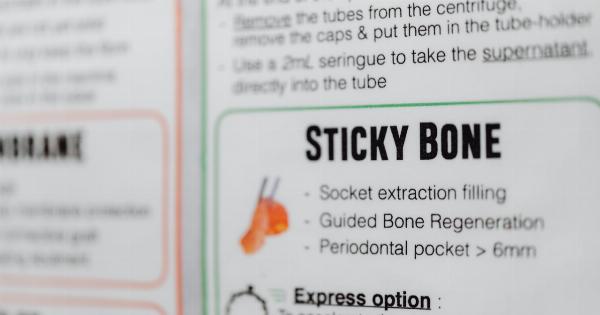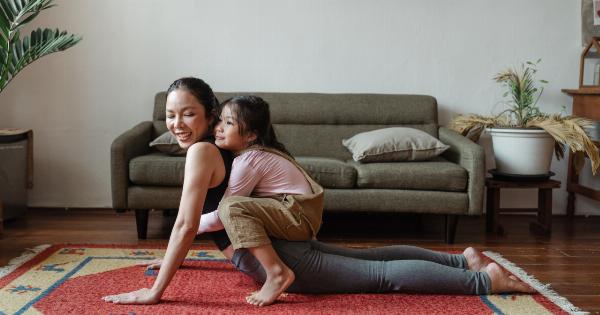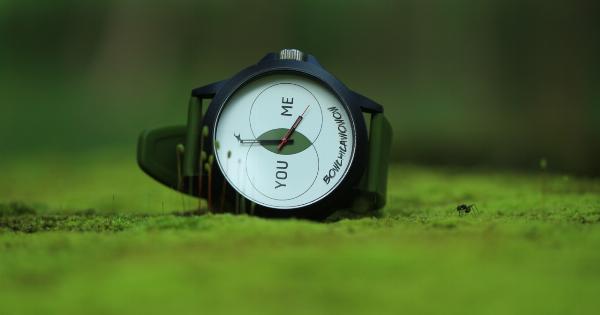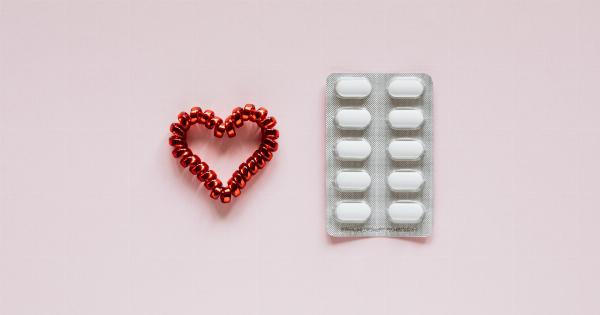Bike riding is a popular activity for many people. It is a great way to get outdoors, exercise, and explore the world around you. However, some studies have suggested that bike riding may be linked to sexual dysfunction, particularly in men.
Understanding the connection between bike riding and sexual dysfunction is important for anyone who enjoys cycling, whether as a hobby or as part of their daily routine.
The Basics of Sexual Dysfunction
Sexual dysfunction is a broad term that describes any type of issue related to sexual function, including erectile dysfunction, premature ejaculation, and a lack of desire.
Many different factors can cause sexual dysfunction, including physical conditions, medications, and psychological issues. However, one often-overlooked factor is the type of physical activity that a person engages in, and how it can affect their sexual function.
The Connection Between Bike Riding and Sexual Dysfunction
Recent studies have shown that bike riding can be linked to sexual dysfunction in men. This is because the pressure created by the bicycle seat can compress the nerves and blood vessels that control sexual function.
This compression can cause a variety of symptoms, including numbness, pain, and difficulty achieving and maintaining an erection.
In addition to compression injuries, bike riding can also cause damage to the perineum, which is the area between the scrotum and the anus. This area contains many important nerves and blood vessels that are involved in sexual function.
Damage to the perineum can lead to inflammation and scarring, which can further exacerbate sexual dysfunction.
How to Prevent Bike-Related Sexual Dysfunction
Fortunately, there are many steps that bike riders can take to help prevent sexual dysfunction caused by cycling. Some of the most effective strategies include:.
Adjusting Your Bike Seat
Adjusting your bike seat is one of the most effective ways to reduce the risk of sexual dysfunction. Your seat should be positioned at a height and angle that minimizes pressure on your perineum and genital area.
You may want to consider using a different type of seat, such as a cut-out seat or a saddle designed specifically for men or women, to reduce pressure and improve blood flow.
Wearing Protective Clothing
Wearing protective clothing, such as padded cycling shorts or a gel seat cover, can help to cushion your perineum and reduce pressure while you ride.
You may also want to consider wearing a jockstrap or compression shorts, which can provide additional support and protection.
Taking Frequent Breaks
Taking frequent breaks during your ride can help to reduce the amount of time that your perineum and genital area are under pressure. Try to take a break every 30-45 minutes, and walk around or stretch to help improve blood flow.
Biking in a More Upright Position
Biking in a more upright position can help to reduce pressure on your perineum and genital area. This can be achieved by adjusting your handlebars and seat height to create a more comfortable and supportive riding position.
Working with a Bike Fit Specialist
If you are experiencing sexual dysfunction while cycling, working with a bike fit specialist can help. They can assess your riding position and make adjustments to help you ride more comfortably and safely.
Conclusion
Bike riding is a popular and enjoyable activity for many people, but it is important to be aware of the potential connection between bike riding and sexual dysfunction.
By taking proactive steps to reduce pressure and prevent injuries, you can continue to enjoy cycling while protecting your sexual health.



























